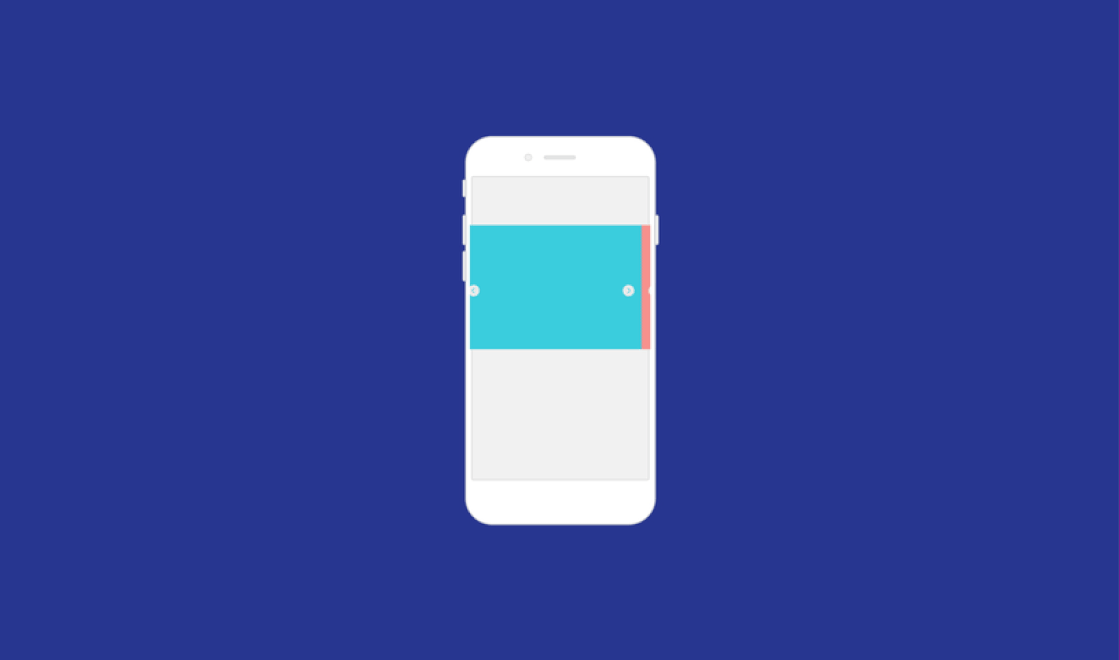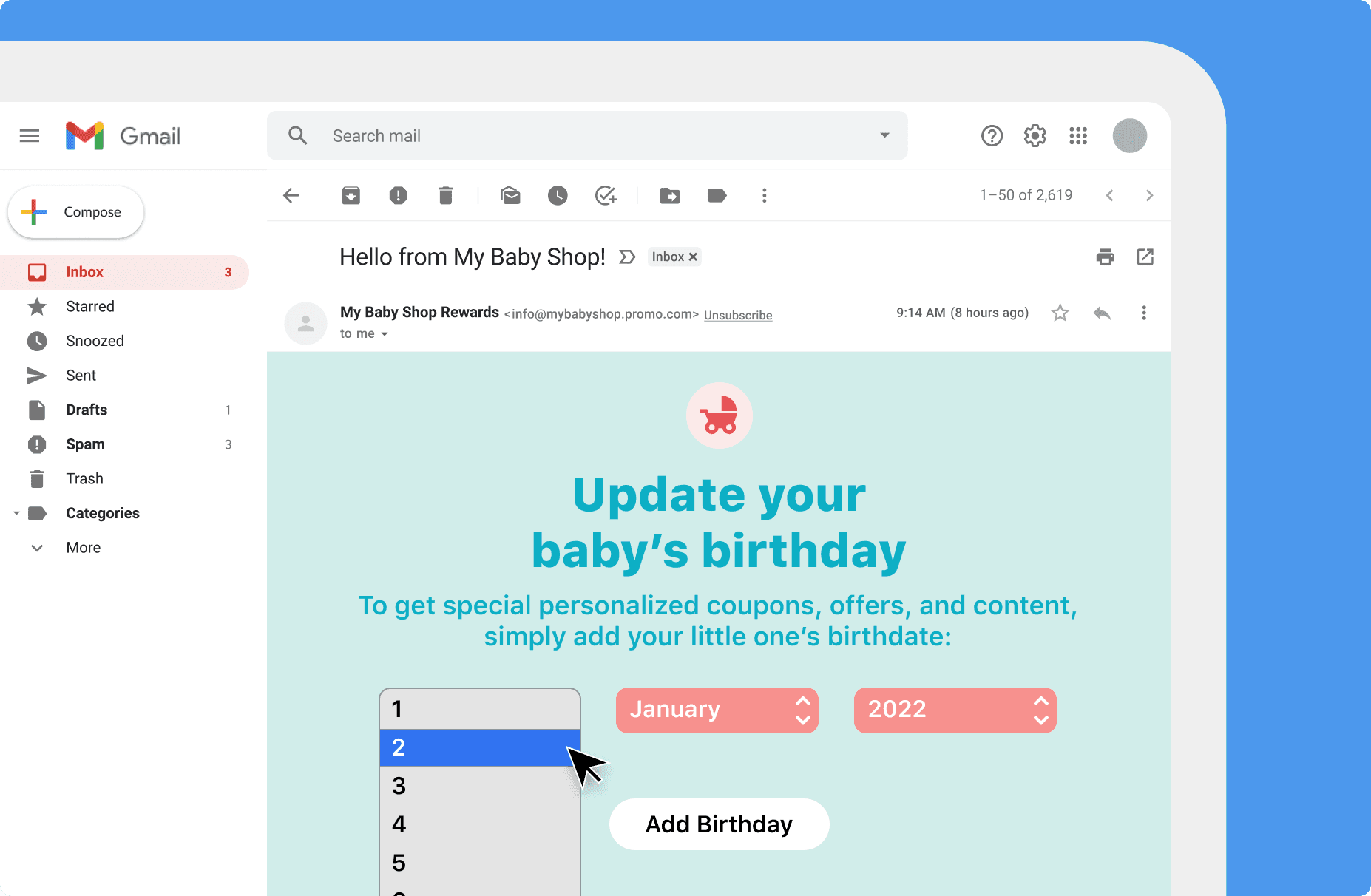What’s Interactive Messaging?
Published on August 25, 2021/Last edited on August 25, 2021/4 min read


Team Braze
Great marketing today is all about understanding your customers and serving up experiences that feel meaningful and valuable for them. To make that happen, brands need to meet customers where they are, whenever they are there. That means employing a cross-channel approach that includes a range of different messaging options—such as in-app messaging, push notifications, email, and SMS. But, with the right tools at your disposal, it’s possible to take things even further.
In recent years, many of these core marketing channels have grown increasingly flexible and nuanced, providing marketers with new features and functionalities that can make it easier to demonstrate value and give recipients the opportunity to weigh in on the experience they’re looking to have with a given brand. One key addition? The rise of interactive messaging.
While there are now a number of messaging channels that can support interactive elements, let’s take a look at three key ones:
- Push Stories (push notifications)
- Two-way messaging (SMS)
- AMP for Email (email)
Making Things Personal With Push Stories
We’re all familiar with push notifications—they’re the little messages that pop up on our mobile devices to let us know about breaking news, food deliveries, retail sales, and more. Push Stories take the standard push notification and add rich visuals, allowing customers to quickly click and move through a “story” told by the marketer.
Push Stories are designed to make your conversations with customers more human and interactive. So how do they work? Essentially, Push Stories allow brands to embed carousel-like interactive image galleries in individual push notifications in conjunction with interaction-based buttons.
Global food delivery platform Delivery Hero was one of the first brands to get onboard the Push Stories train. Delivery Hero was seeking ways to re-engage lapsed users of their Talabat food delivery brand in the run-up to the 2018 World Cup. They took advantage of this new tool to send personalized, highly-visual push notifications to Talabat customers who hadn’t interacted with the brand in the past seven days. They created fun and engaging stories that made the case for those users to re-engage.

Building Loyalty with Two-Way Messaging
What’s the appeal of SMS to marketers? Well, this channel has an incredible open rate—98%—and a global reach, but it also offers a unique format for interacting with your customers: Two-way messaging. These are messages intended to kick off an ongoing two-way conversation between customer and brand (e.g. restaurant reservation bookings or confirming doctor’s appointments).
The value of two-way messaging lies in the sense of value it conveys to customers. Getting an immediate response about a question or concern shows that you’re there for them. By opening an SMS dialogue with customers, you can provide a more responsive—and more human—brand experience.
What does effective use of two-way messaging look like in the real world? Consider the case of Cutback Coach. Nick Allen—the first lifecycle marketer at Lyft and the former Director of Retention at IPSY—leveraged two-way SMS messaging to help people who regularly drink alcohol to build healthier habits around their drinking.
Boosting Engagement with AMP for Email
We’re all familiar with email—but many marketers aren’t up to speed on the latest innovations in this key messaging channel. A newer feature, Accelerated Mobile Pages (AMP) for Email, allows brands to use email as an interactive channel. It’s an open source framework developed by Google that takes the traditionally static channel and transforms it into a dynamic one. But what does that mean for your marketing efforts?
Well, with AMP for Email, marketers can send smart emails, making it possible for recipients to engage with rich, interactive content. And the best part is, your targeted audience can take action without having to leave their inbox. The greater interactivity offered by AMP can also help boost email engagement..

Final Thoughts
Whether you’re a travel brand looking to deliver real-time updates or a retailer looking for a way to reach customers who don’t use smartphones, interactive messaging can be a powerful tool for taking your marketing outreach from boring to memorable. If you’re looking to branch out into new channels and learn how to maximize your existing ones, consider taking a look at our Channel Expansion Guide.
Related Tags
Be Absolutely Engaging.™
Sign up for regular updates from Braze.


